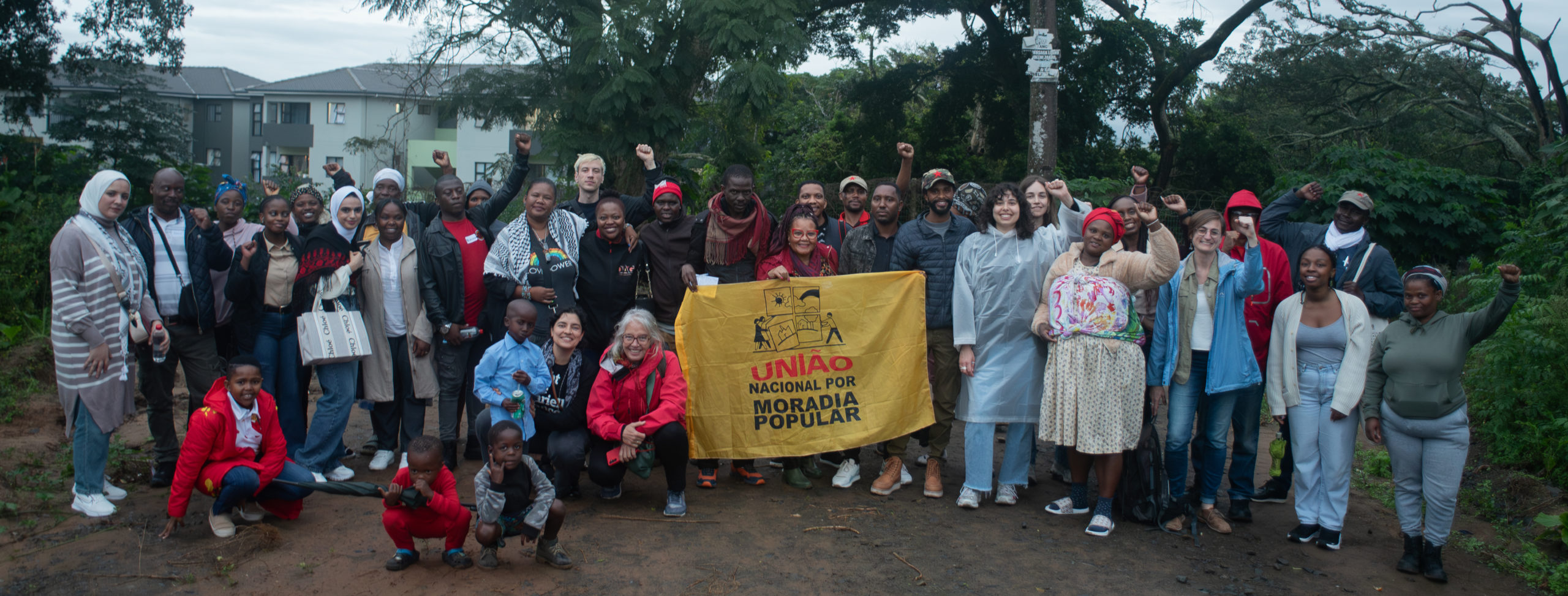On 3 August, the Narmada Main Canal—the “lifeline of Gujarat,” which is supposed to bring Narmada waters into Gujarat state—was severely breached and broken in two places, calling into question safety of the dam and its related infrastructure safety into question. Nearly 50 metres of the canal near Bhorda and Moti Uni villages in Pav Jetpur Taluka caved in due to pressure from floodwaters coming from the crosscutting Heran River. As a result, the floodwaters crashed through the Main Canal, submerging huge tracts of land in Bhorda, Mota Uni, Rajbodeli, Moradongri,Chundheli, and Panej, villages, damaging houses and standing crops worth millions of rupees. In the night of 10 August, another breach occurred in the Narmada Main Canal near Kadi, sending water into ten villages (in Viramgam and Dholka Talukas, Ahmedabad District), and forcing the evacuation of 2,000 people on tractors during the night. The flooding was the result of a dam burst after heavy rains for the fifth consecutive day. On 11 August, the area of Sondwa in Alirajpur district of Madhya Pradesh that is located in the Sardar Sarovar reservoir’s submergence zone, experienced an earthquake measuring 3.4 on the Richter scale It is possible that the earthquake was a result of a phenomenon known as reservoir induced seismicity which is likely to occur when large dams are located in seismically active zones. Geologists have pointed out that the Sardar Sarovar is located in a seismically active zone, and have therefore questioned the project’s safety. As the dam height increases to the planned height of 138.64 metres, the danger of an earthquake causing a catastrophic break in the dam wall will also increase. This past week’s pouring monsoon rains have called into question both the safety of the Sardar Sarovar Dam, and the integrity of its claimed benefits. On August 6, 1 lakh cusecs of water began tumbling over the newly raised 110.64-metre dam wall at Kevadia Colony, Gujarat. In less than four days, the water level had risen from just below 100 to 113 metres. This alarming and uncontrollable deluge of water prompted the Gujarat government to put three districts—Narmada, Bharuch, and Vadadora—on high alert and prepared for the possibility of an evacuation. Luckily, the water level has temporarily stabilized at over 112 metres. However, the monsoon season is far from over and rains continue to fall heavily in the catchment area. While more and more villages are submerged, hundreds of Sardar Sarovar affected people have undertaken a ‘sit-in’ in Shahada (Nandurbar district, Maharashtra). They have braved the rains to pressurize the government to provide resettlement at a much higher pace than it has been doing till now, complete land purchase for resettlement of oustees, and also recognise as ‘oustees’ the adivasis (tribal people) who have been left out of the rehabilitation lists so far; the state Resettlement Minister, Mr. Patangrao Kadam, had ordered the same and urged the local government rapidly to process the resettlement in June. The incessant rains along with the increased height of the Sardar Sarovar Project (SSP) has caused large-scale submergence in the tribal villages of the Narmada valley—see HIC-HLRN urgent appeals and open letter to Prime Minister Vajpayee on the subject—and yet the Maharashtra administration has been deliberately extremely slow in the resettlement process, thereby endangering the life and rights of hundreds of tribal families. The claims of almost 2/3 of the affected people still remain to be assessed, and the officials are still to procure the land even for the already ‘declared’ oustees. The state administration also has not disbursed the compensation for the losses the people had to encumber due to the submergence without resettlement for the last five years.
Reflexión y reacción: acciones colectivas contra el cierre de las políticas públicas en materia de vivienda en Argentina
Miembros latinoamericanos de HIC se reúnen en Argentina Fecha: Miércoles, 28 de mayo de 2025 Lugar: Mutualidad de Arquitectura, Virrey Cevallos 250, Buenos Aires, Argentina Hora: 16:00 – 19:00 El [...]


